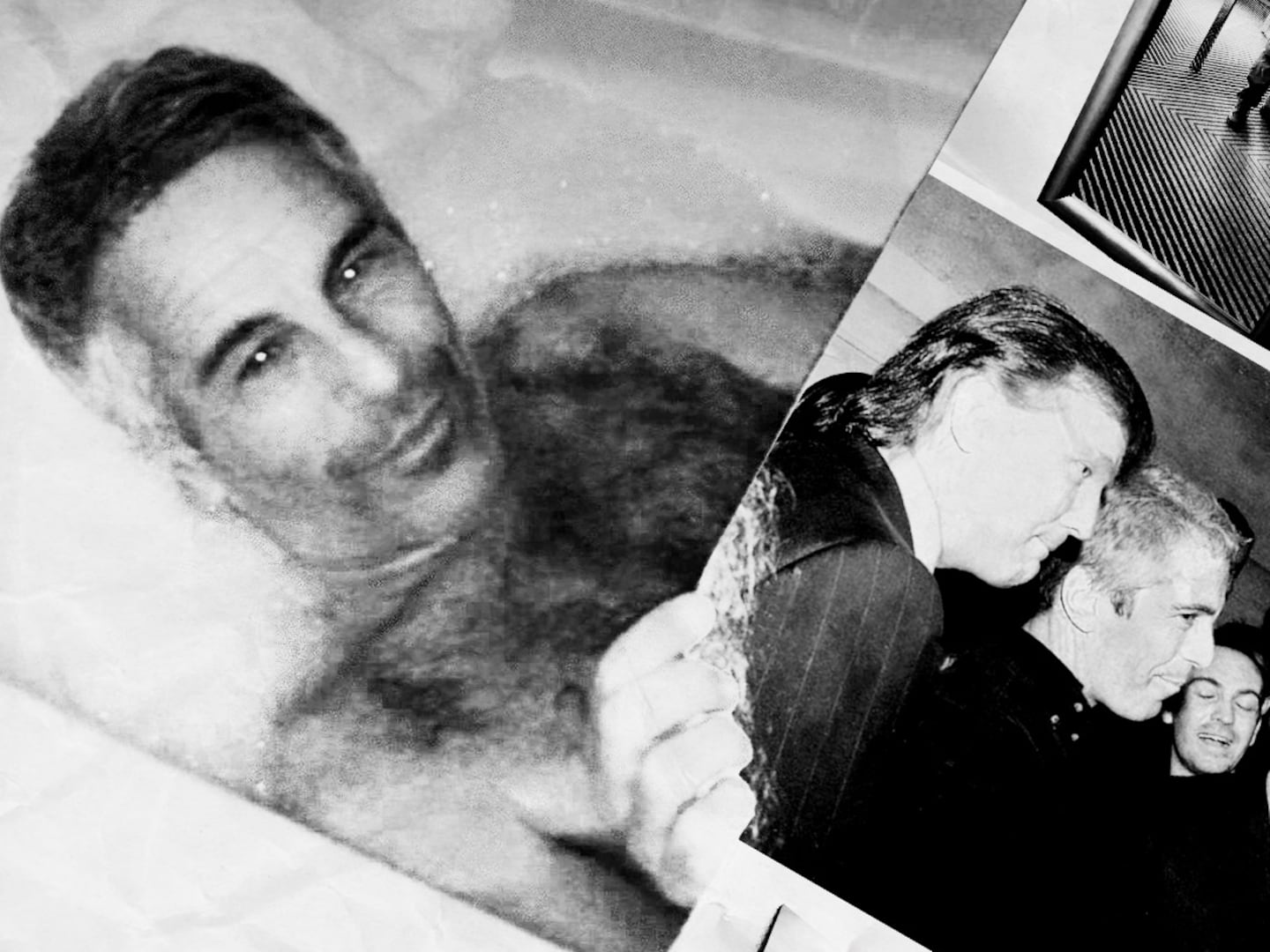Right at the center of my latest novel is the character of Mr. Mac, based on the late, great architect Charles Rennie Mackintosh. Mackintosh is as well known to the British as Frank Lloyd Wright is to Americans, but although everyone I mentioned him to knew his name, no one was familiar with his story. Not that I knew much about him myself, apart from the fact that he had designed the Glasgow School of Art and was responsible for the elegant, art deco interior of The Willow Tea rooms in the same city. But then I didn’t expect to need to know anything more that, because when I started this novel it was going to be a ghost story.
The story was to be set in a cottage I owned on the east coast of England, which, as well as having an interesting history—it used to be the village pub and had been moved brick by brick and re-erected in its current position—also, conveniently, had a ghost. The ghost was unthreatening: a young boy in short trousers and a flat cap who hovered just beyond my eye line in the darkest, dampest part of the house, and whose presence I felt I had to acknowledge with a murmured greeting. “I know you’re there,” I’d say every time I passed through the back hall. There was no doubt in my mind he’d been in possession a lot longer than me.
But once I began writing, I struggled to make the ghost frightening. Who was he anyway, this mildly territorial figure? And I went back to a document I’d inherited with the house, “A History of the Blue Anchor”—ten typed pages detailing everyone who’d run the pub going back to 1735. The previous owner had compiled this information from the local census and listed the names and ages of each family member, their births and deaths, and the tragedies that had befallen them.
He’d also noted that not long before The Blue Anchor was dismantled and turned into a private house, Charles Rennie Mackintosh had stayed there. Mackintosh. This was the moment I first became distracted, and I began wandering round the house, imagining him drinking a pint of ale in what was once the public bar, climbing the stairs—it would have been a ladder then—to rest his head in the best bedroom where I now slept.
I remembered a story I’d heard about him in the village: that while he’d been in residence—and this was during the first year of the Great War—his habit of taking long walks after dark, his carelessness with a flickering lantern, his use of binoculars to stare out across the sea, had aroused concern among the villagers and he’d been arrested, possibly imprisoned, on suspicion of being a German spy. Could this be true? And why was he in Suffolk anyway? Almost without realizing where this might be leading, I veered away from my ghost story and set out to discover what it was that had brought this great Scottish architect to a sleepy seaside village on the Suffolk coast.
Mackintosh, as I’d imagined, was born and educated in Glasgow. He’d wanted to be an artist but had accepted the need for a secure profession and trained as an architect. By the age of 27, he was working for the firm of Honeyman and Keppie and it was while there that he won the commission to design the Glasgow School of Art. Because of his junior position, his bosses took responsibility for the building going up, and when the first phase was finished and it opened as a school they also took the credit for the design.
“I hope when brighter days come I shall be able to work for myself entirely and claim my work as mine,” he told a friend. And over the next few years, while the money was being raised for the second phase of the art school to be built, he worked tirelessly to secure his reputation, winning commissions for churches, a school, and private houses, as well as marrying the artist Margaret Macdonald and creating a home together, which acted as a showcase for both their capabilities.
These were Mackintosh’s golden years. But even then the British were suspicious of him. Most did not appreciate his style, and he found it almost impossible to compromise. Clients who suggested he modify his plans became embroiled in stormy rows, the result of which often lost Mackintosh his contract. By the time the second phase of the art school was complete Mackintosh, although having managed to attach his name to the building, was virtually unemployable. He left Honeyman and Keppie and set up on his own, but no work came in. Friends urged him to go abroad, to Europe or America. But he wanted to work in Glasgow, for Glasgow, and he stayed put. “You should have been born in the 15th Century with Leonardo and that lot,” one of his friends consoled him, and although this idea momentarily cheered him, his situation remained unchanged.
By 1914 he was at a low ebb. Financially he was struggling and he was mentally and physically exhausted from the effort of trying to get work. His wife convinced him of the need for change and so they packed up what they could and left. But Europe was on the brink of war, and the Suffolk coast was considered to be the most vulnerable to invasion. Not long after they arrived, anyone who could, evacuated, and so maybe it was inevitable that the remaining locals, fearful as they were, turned their suspicious gaze on the two strangers who stayed.
By now I felt utterly responsible to Mackintosh. If I was going to incorporate him into my novel, I’d need to tell his story as accurately as I could. Happily I abandoned the ghost story, and my ghost boy, springing into life, became the new narrator. My name is Thomas Maggs, he said as soon as I gave him a chance, I sleep upstairs in the small bedroom, not in the smallest room with the outshot window where I sleep now or the main room that is kept for guests … . He was the publican’s son, of course he was. And it struck me how, after all the years of murmured greetings, I knew this boy so well. He was lame, as well as being hungry. And was the youngest and only surviving son of a family of girls.
I didn’t know at this point that Mackintosh was also lame—he’d been born with a club foot—and that he too was the only surviving son in his family. What a coincidence! I could hardly believe the luck of it. My two protagonists seemed destined to be friends, and I had to remind myself that I’d made one of them up.
If I was going to capture Mackintosh’s essence, I’d need to know everything about his work. I made the first of several trips to Glasgow. I took a tour of the art school, heard from the students how inspired they were to be working in this building, a hundred years after it was built, still as practical and pleasing as Mackintosh intended. I visited the Hunterian gallery and stood in the rooms of Mackintosh’s house—now part of the museum—the house that he and Margaret lived in before abandoning it for rented rooms in Suffolk.
How hard it must have been to leave, I thought, as I admired the white four poster bed in the white carpeted bedroom, and touched my fingers to the panel of cerise hearts set into the door. There were Margaret’s art works on the walls, gesso pieces made with layers of plaster of Paris and inlaid with coloured stones and string, more beautiful than I could have imagined, and known to be incredibly difficult to achieve. I arranged an interview with the resident Mackintosh scholar, a woman who’d spent decades collecting the facts of Mackintosh’s life and work, who was a little bemused by my fictional enthusiasm. All the same she was kind enough to answer my questions, although when I suggested that Margaret might be working on a gesso panel while in Suffolk she crossed her arms and said in a reproving Scottish voice, “I very much doubt that.”
Chastened, I made my way home.
On the train I worried I’d never be able to fit all the detail of this extraordinary man’s life—not to mention his wife’s—into the time frame of my story, especially as I was expected to stick to the facts. But then slowly I saw that that was the challenge of it. If I was writing about a real person, I would have to seek out every last possible truth. I would have to bend time to suit my needs. And I remembered the glint in the eye of the lady at the Hunterian just as I was about to leave.
“What do you make of him?” I hesitated, mumbling something I thought she’d like to hear about genius and frustrated ambition, but afterwards I wished I’d asked: What do you make of him? Because in the end we are all free to make of Mackintosh what we will. This difficult, talented, passionate man, a perfectionist and a drinker, either ahead or after his time. But I do feel lucky that I got a chance to enter into his story and by telling it, was able to show that although he died in obscurity in 1928, his entire estate valued at £88, his reputation has risen, so that now he is a treasured son of Glasgow and his watercolors, his furniture, his buildings are cherished and admired world wide.





